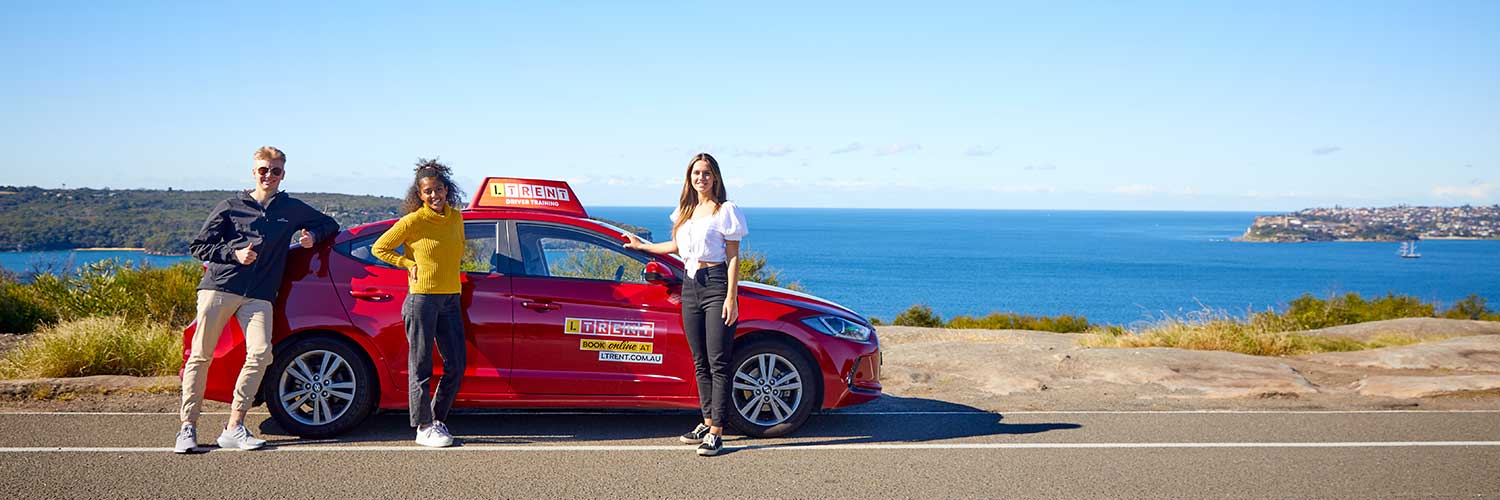Driving Myths Debunked
When learning to drive, it’s crucial to distinguish between common misconceptions and the truths that can make you a safer, more informed driver. This blog aims to debunk prevalent driving myths for learner drivers in New South Wales (NSW), Australian Capital Territory (ACT), and Queensland (QLD), ensuring you understand the unique rules and challenges in each region.
Top Driving Myths in Australia
Licence Process Myths
Myth 1: The same rules apply for getting your licence in NSW, ACT, and QLD
The process of obtaining a driver’s licence in Australia varies significantly between states and territories. In NSW, learners must complete 120 logged driving hours and hold their licence for at least 12 months before advancing. ACT requires fewer hours but includes a mandatory Road Ready course. In QLD, learners must log 100 hours and hold their licence for 12 months. It’s important to familiarise yourself with the specific requirements of your region, which can be found on the local transport authority’s website.
Myth 2: Passing the driving test is harder in NSW than in QLD
There is a common misconception that the driving test in NSW is more difficult than in QLD. However, both states adhere to similar testing criteria set by national standards. Difficulty is subjective and can depend more on the individual’s preparation and experience than on the location of the test.
Rules of the Road
Myth 3: You can drive in any state with a learner’s permit from another state
Learner drivers should be aware that while you can generally use your permit to drive across states, you must adhere to the licensing laws of the state you are in, not just those from your home state. For example, speed limits and supervisor qualifications may differ.
Myth 4: Speed limits are just guidelines
Speed limits are legally enforceable limits, not suggestions. Exceeding these limits not only increases your risk of receiving fines and demerit points but also significantly raises the likelihood of accidents due to reduced reaction times and increased stopping distances.
Supervised Driving
Myth 5: Any fully licensed driver can supervise a learner
While any fully licensed driver can technically supervise, NSW, ACT, and QLD all recommend that supervisors have significant driving experience and a good understanding of current road rules to effectively guide and teach a learner driver.
Myth 6: You don’t need as many driving hours in QLD as you do in NSW
QLD requires learners to log 100 hours of supervised driving, compared to 120 hours in NSW. Despite the numerical difference, the focus in both states is on ensuring that learners gain extensive driving experience under various conditions.
Practical Driving
Myth 7: Manual cars are harder to drive, so take the test in an automatic
Testing in an automatic might seem easier, but this restricts your licence to automatic vehicles only. Learning on a manual gives you the flexibility to drive both types of vehicles. The choice should depend on your comfort level and the type of vehicle you plan to drive regularly.
Myth 8: It’s okay to use your phone at stop lights
Learner drivers are prohibited from using their phones entirely while driving, including when stopped at traffic lights, across NSW, ACT, and QLD. This rule helps maintain focus and situational awareness.
Myth 9: Driving barefoot is illegal
Driving barefoot is not illegal in NSW, ACT, and QLD. However, it is important to ensure you can operate the vehicle safely. Footwear that can slip off easily or impair your ability to use the pedals effectively is not recommended.
Road Safety Myths
Myth 10: You are less likely to crash if you’re driving at night because there’s less traffic
While there might be less traffic at night, the reduced visibility and increased likelihood of encountering tired or impaired drivers can actually increase the risk of accidents.
Myth 11: Rural roads are safer than urban roads
Contrary to popular belief, rural roads can be more hazardous due to sharp bends, fewer street lights, and higher speed limits. Rural roads often have a higher rate of serious accidents than urban roads.
Alcohol and Driving
Myth 12: A couple of drinks are fine if you feel okay to drive
For learner drivers, the legal blood alcohol concentration limit is 0.00% in NSW, ACT, and QLD. Any amount of alcohol can impair reaction times and decision-making capabilities, making driving unsafe.
Get Professional Driving Lessons with LTrent
Navigating the road as a learner can be daunting, but you don’t have to do it alone. LTrent Driving School offers professional driving lessons tailored to your individual needs and learning pace. With experienced instructors who are knowledgeable about the specific regulations and challenges in NSW, ACT, and QLD, LTrent provides comprehensive training that covers both practical driving skills and theoretical knowledge.
By choosing LTrent, you gain access to resources and expertise that can significantly enhance your confidence and competence on the road. Whether you’re just starting out or preparing for your driving test, Ltrent is here to guide you every step of the way towards becoming a safe and skilled driver. Join us, and let’s debunk driving myths together with facts and first-hand experience.
